Playing with creative photography techniques often is just a gimmick. Everybody knows the “10 ways to spice up your photography” articles or instagram posts that basically tell you to hold a prism to your lens or smear it with vaseline.
While this can be interesting and a good way to play with the medium of photography, these gimmicks seldomly produce lasting results.
I recently discovered the term ICM or “Intentional Camera Movement”.
We often see pictures that have a clear and in focus object in the frame but the rest of the frame is filled with motion blur. This technique is used to photograph fast moving objects and communicates the speed of the motion to the viewer. What if we do not aim to have clear objects in the frame? What if “everything” becomes motion blur?
This article by pics of asia documents the work of Janet Powick. She started playing with her ND-Filters without a tripod and became addicted to the technique. Her images look very painterly, impressionistic, abstract. The photograph moves away from being a depiction of reality and enters a different sphere focussing on impressions, more akin to classical paintings and art during the impressionist times. The picture is less about the exact thing being depicted but more about the feeling and the situation.
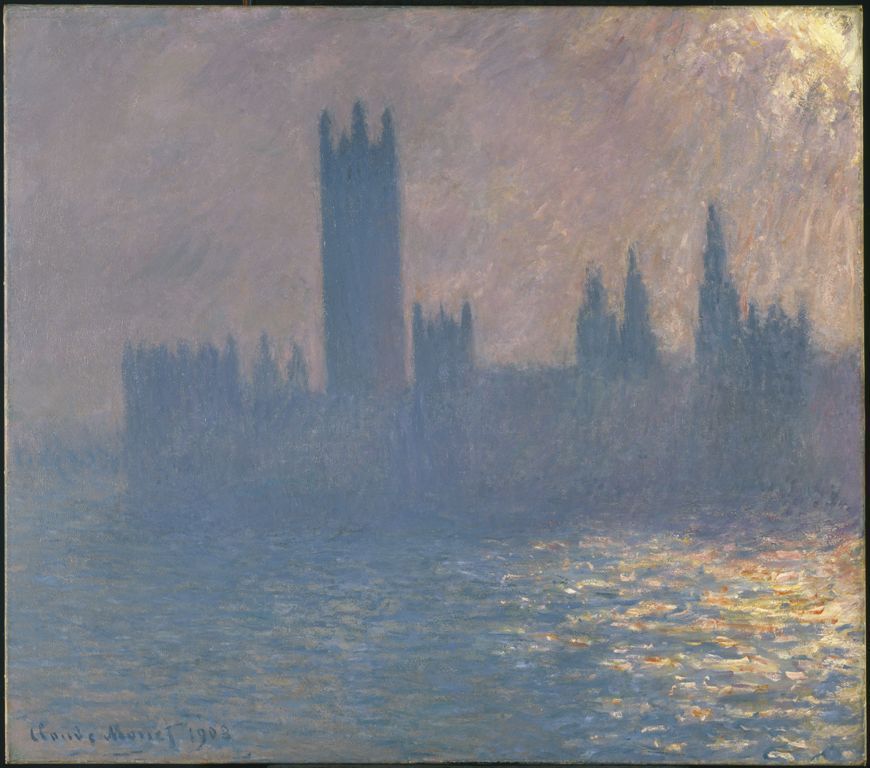
Janet started with trees and nature but during her trip with pics of asia she played around with people/travel photography in the same style. And what can I say, the picture looks wonderful, artistic and highly inspiring.
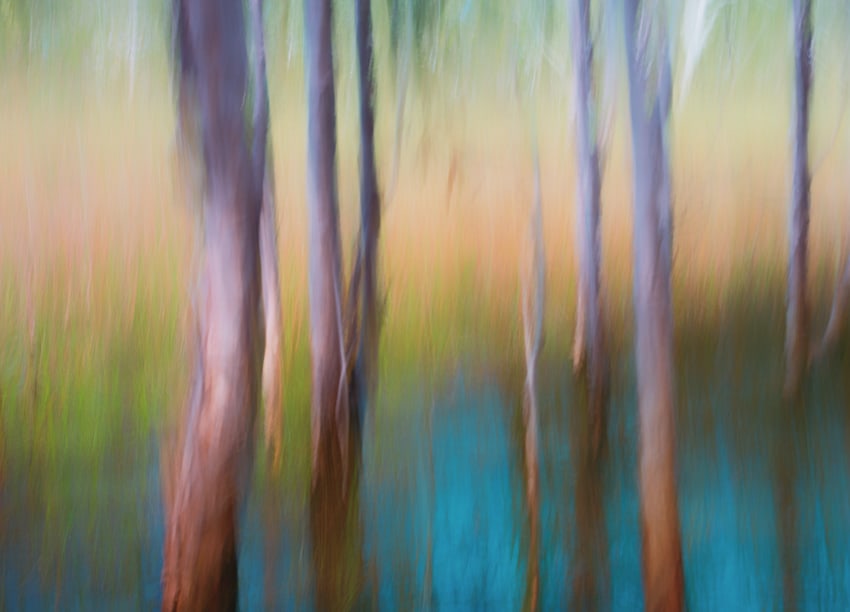
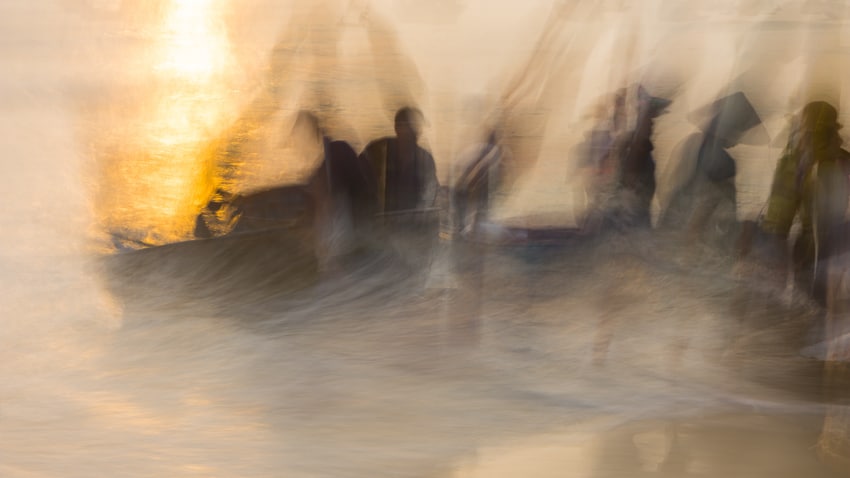
The pictures remind me of the work of photographer JAMES BONNICI who also uses motion blur for his portraits.

How to achieve it
The challenge with these techniques is to not have the picture look technically imperfect but rather make it obvious that the effect is desired.
Experimenting with high shutter speeds from 3 to 4 seconds and closed apertures. Of course with this amount of light a ND-Filter will come in handy but of course the same effect could be very interesting in a very dark environment.
Janet prefers shutter speeds between 1-2 seconds and combines this with a ND64 filter. She found that the sky often gets overexposed so she averts it. When having water in the picture a polarizing filter helps to reduce the glare.
I can recommend to read the full article on pics of asia the get more insights on her technique.
Following a few of my first attempts:
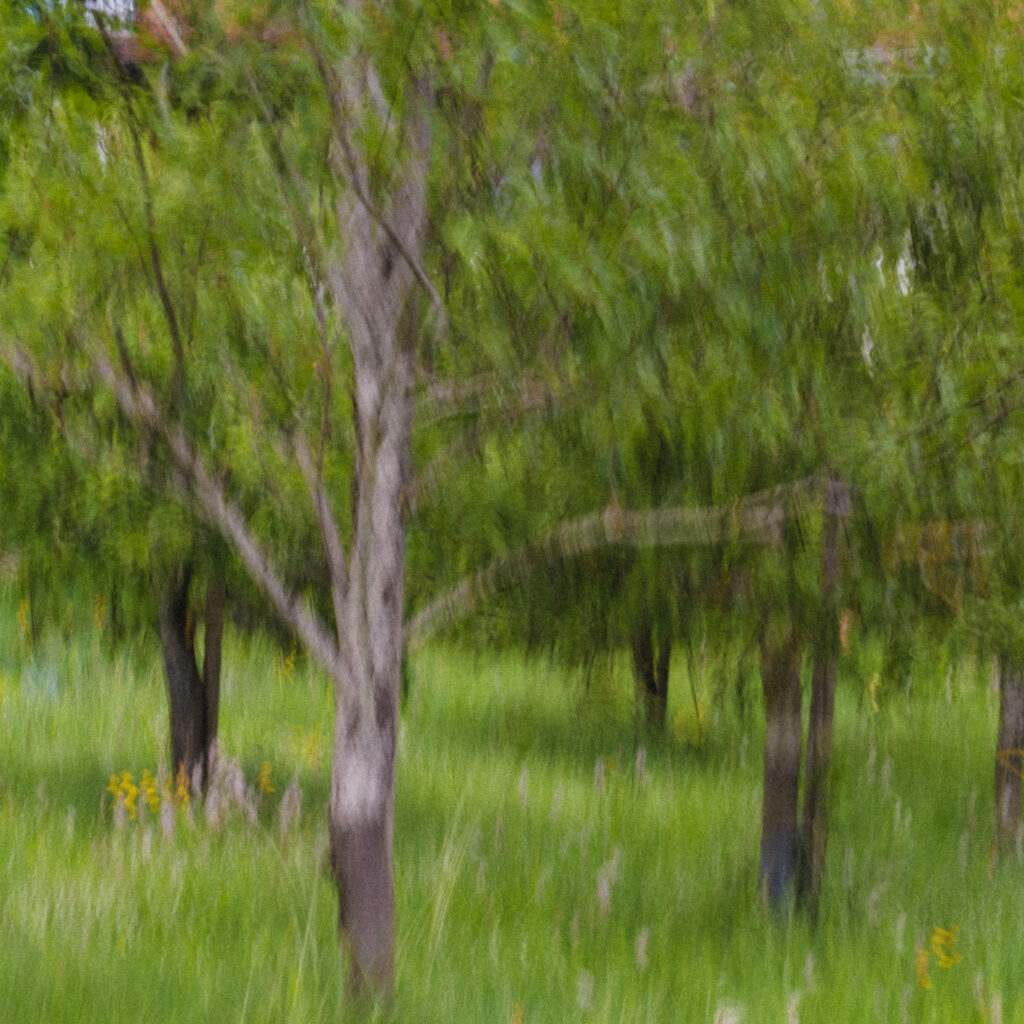
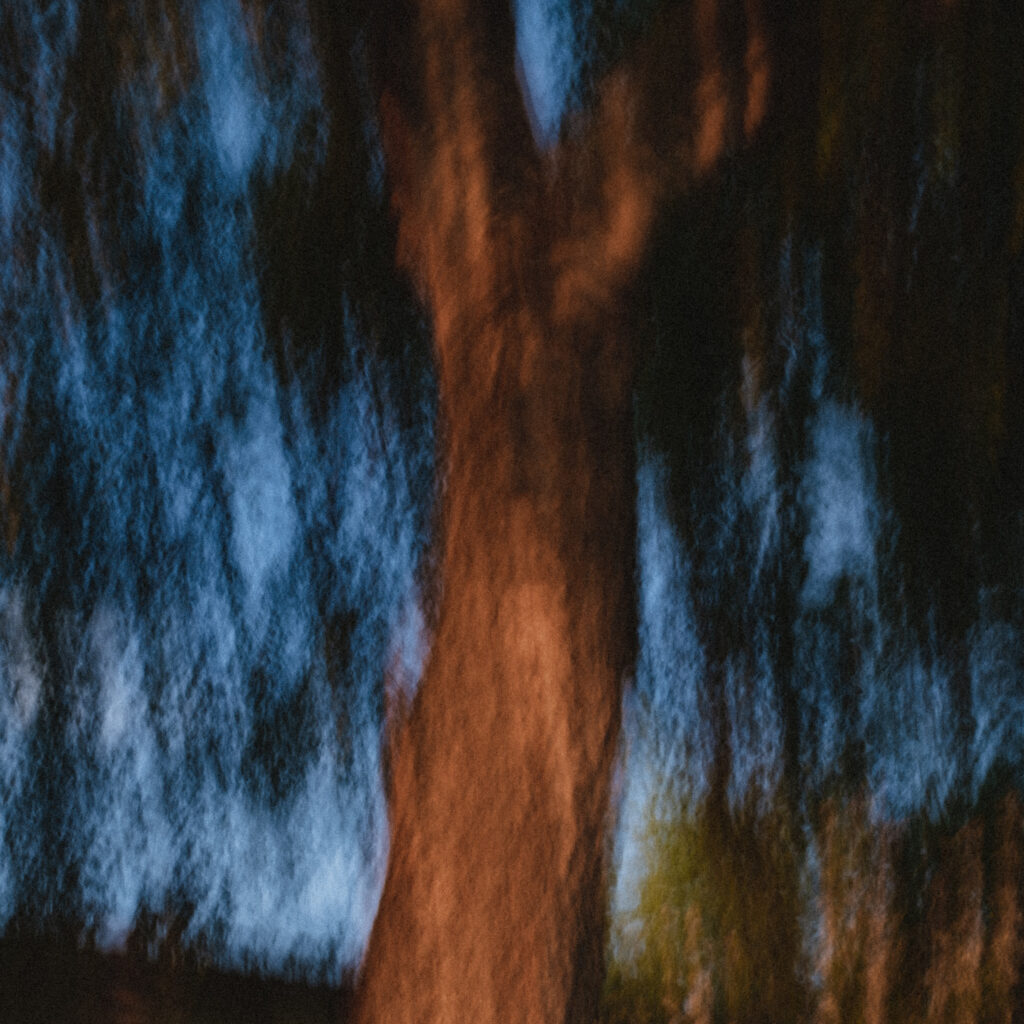
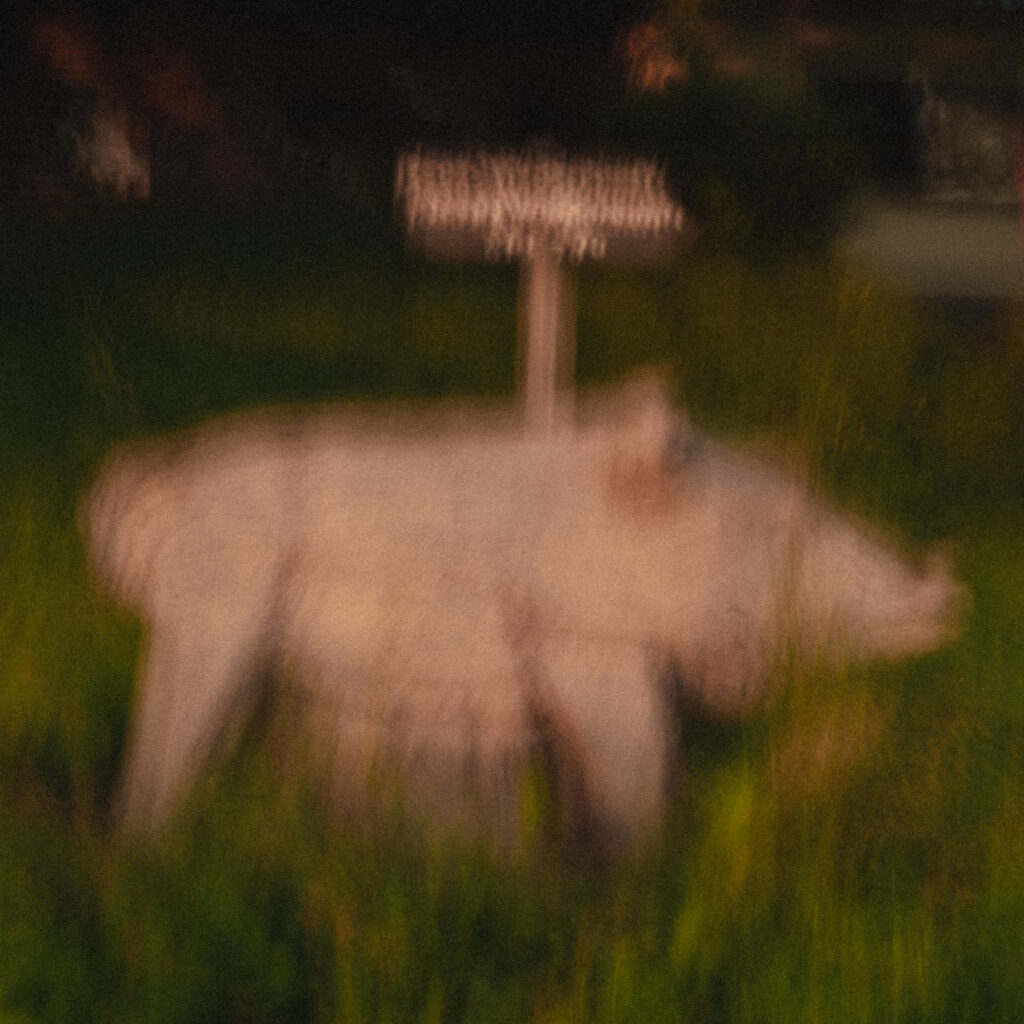
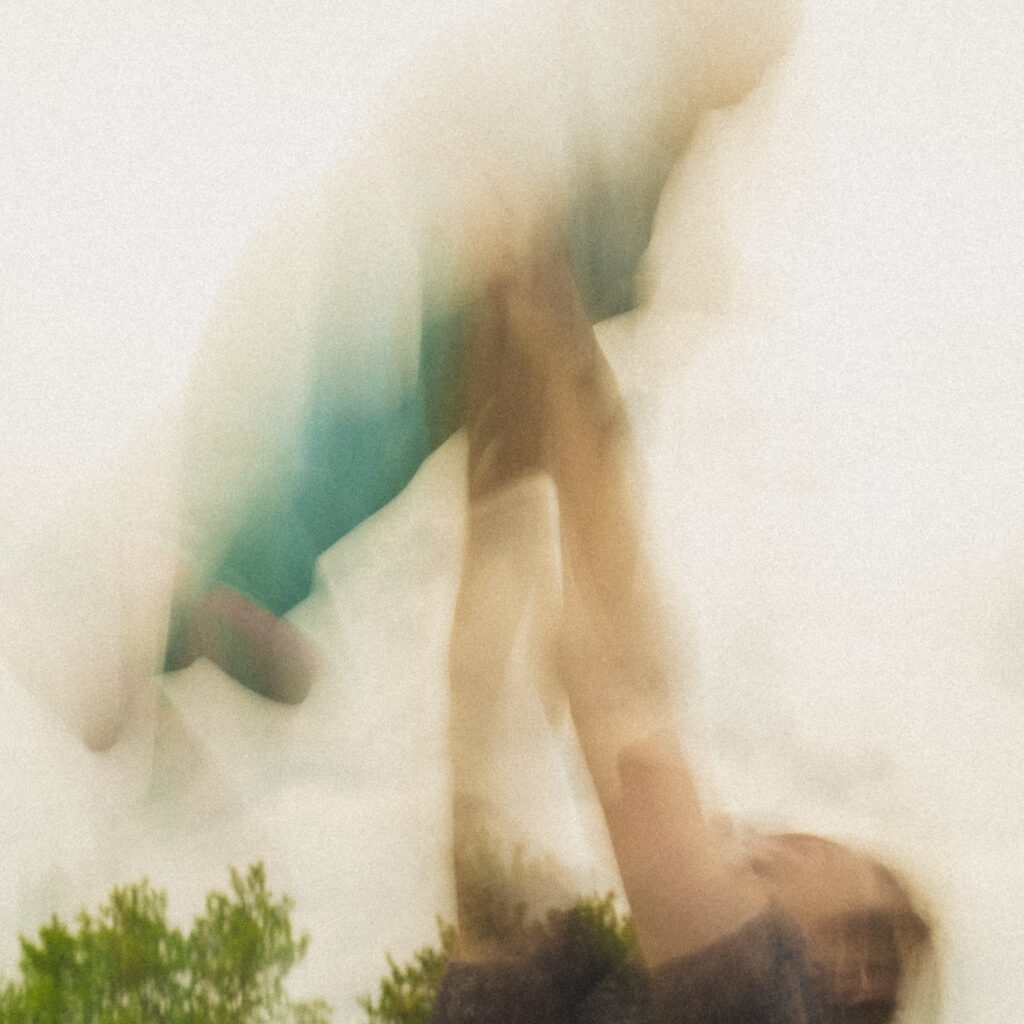
I had a lot of fun exploring this technique and hope to have intrigued you too, to explore the many ways photography can be used to create amazing art.
Thank you for being here,

